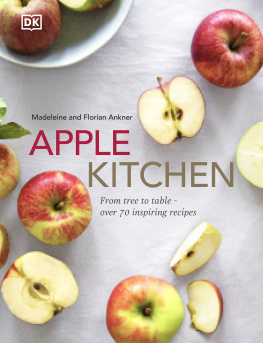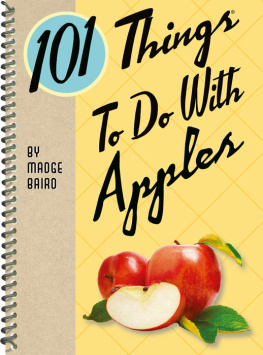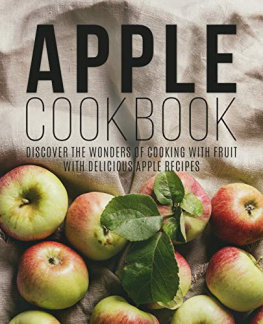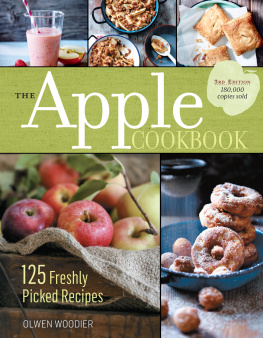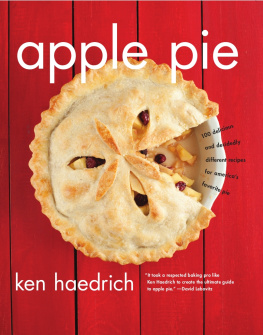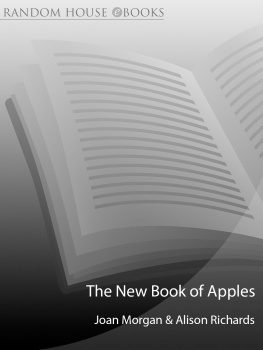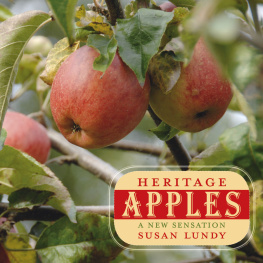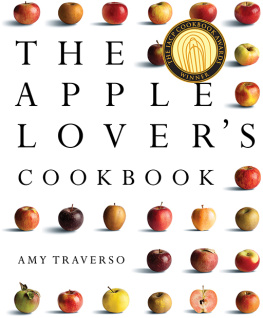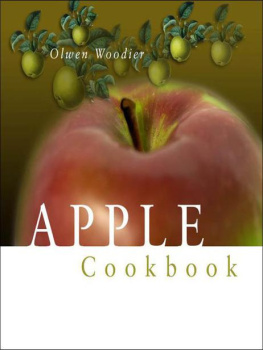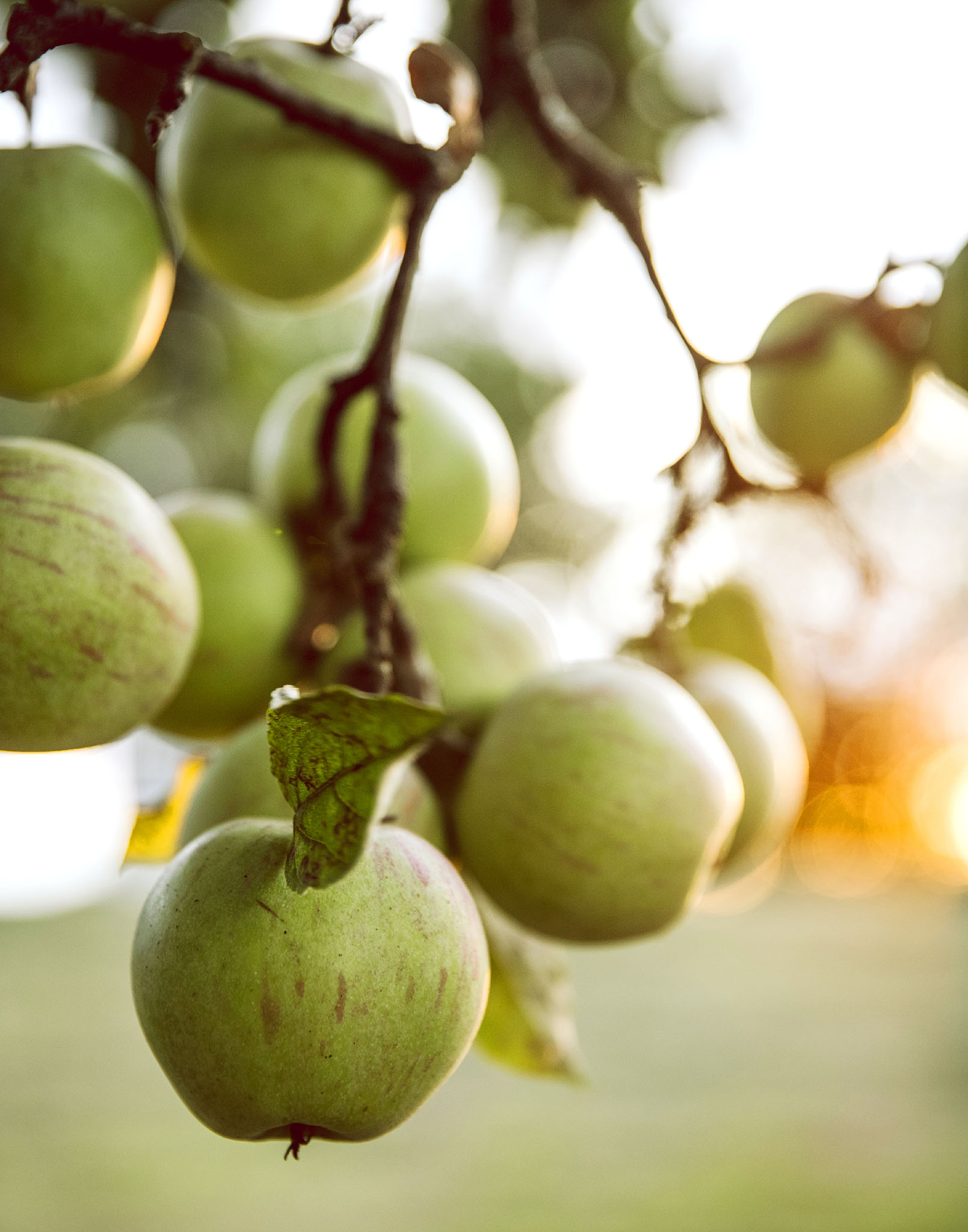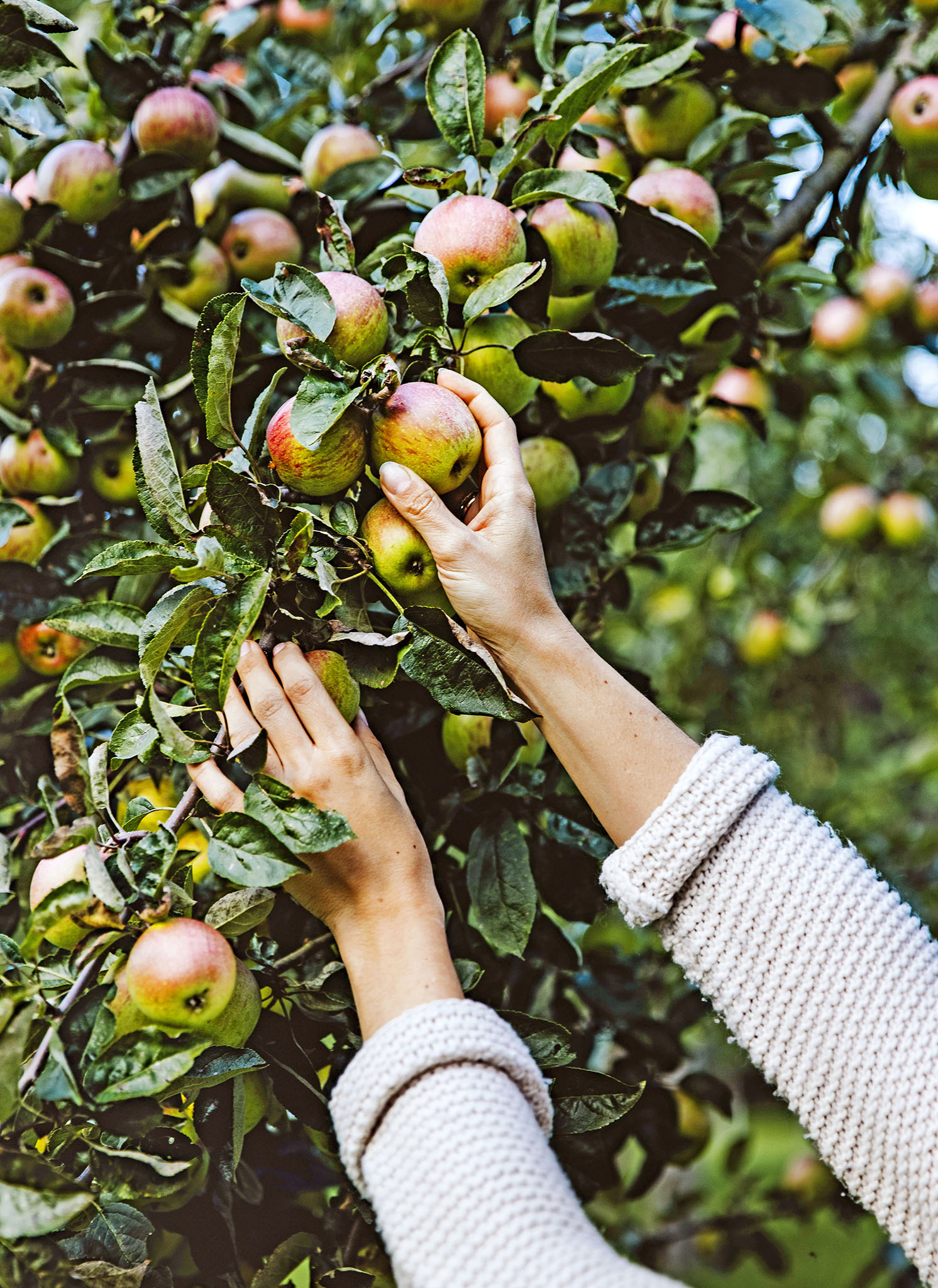g
HOW TO USE THIS eBOOK
Preferred application settings
For the best reading experience, the following application settings are recommended:
- Orientation: Portrait
- Color theme: White background
- Scrolling view: [OFF]
- Text alignment: Auto-justification [OFF](if the eBook reader has this feature)
- Auto-hyphenation: [OFF](if the eBook reader has this feature)
- Font style: Publisher default setting [ON](if the eBook reader has this feature)
Preface
The sight of an apple brings back the loveliest childhood memories: climbing trees, biting into juicy fruit, and enjoying life.
W hen we were kids, growing up in Germany, the apple trees in our grandparents garden were far more than just plants. In spring and summer, we transformed the trees into adventure playgrounds, throwing sheets around the branches and creating robbers dens. We climbed right to the top, scoffing the first fruit straight from the tree, or we spread out our picnic rug under the leafy green canopy to enjoy a huge piece of grannys freshly baked apple strudel at harvest time.
Our days of building dens and climbing trees are behind us but the happy memories remain. And no doubt this fuelled our desire to devote an entire book to this wonderful fruit and to showcase just how versatile the apple can be. Sweet, tangy, fruity, tart: each variety has its own unique flavour and adds something special to all sorts of different recipes.
As well as popular and modern varieties, we have included some of the older apple varieties, such as Egremont Russet and Bramley, which date from the 19th century. There are varieties that have been cultivated, harvested, and eaten for many centuries, but have gradually been neglected or even completely forgotten by consumers. Roughly 20,000 varieties are recognized, but only a couple of dozen have any economic significance.
Apples have taken us on a culinary voyage. This began back in 2013 when we started our food blog Das Backstbchen (the little bakery), which is indebted to the baking skills passed down by Madeleines grandmother. Her recipes continue to inspire us today. Best of all is her delicious apple strudel, which we have included in this book along with other classics from our childhood, such as baked apples, apple fritters, and Florentine apple cake.
We seek out culinary inspiration from other countries with tarte tatin, pierogi, and clams cooked in cider. We deploy the apple in all its different guises sometimes fruity and sweet, other times tart and acidic; sometimes we use the whole fruit, other times the pure or juice. It never ceases to amaze us how beautifully the scent and taste of the apple blends in with savoury dishes and ingredients, as well as sweet.
We hope our culinary creations will also inspire you to a new appreciation for our favourite fruit, while bringing back some lovely childhood memories in the process.
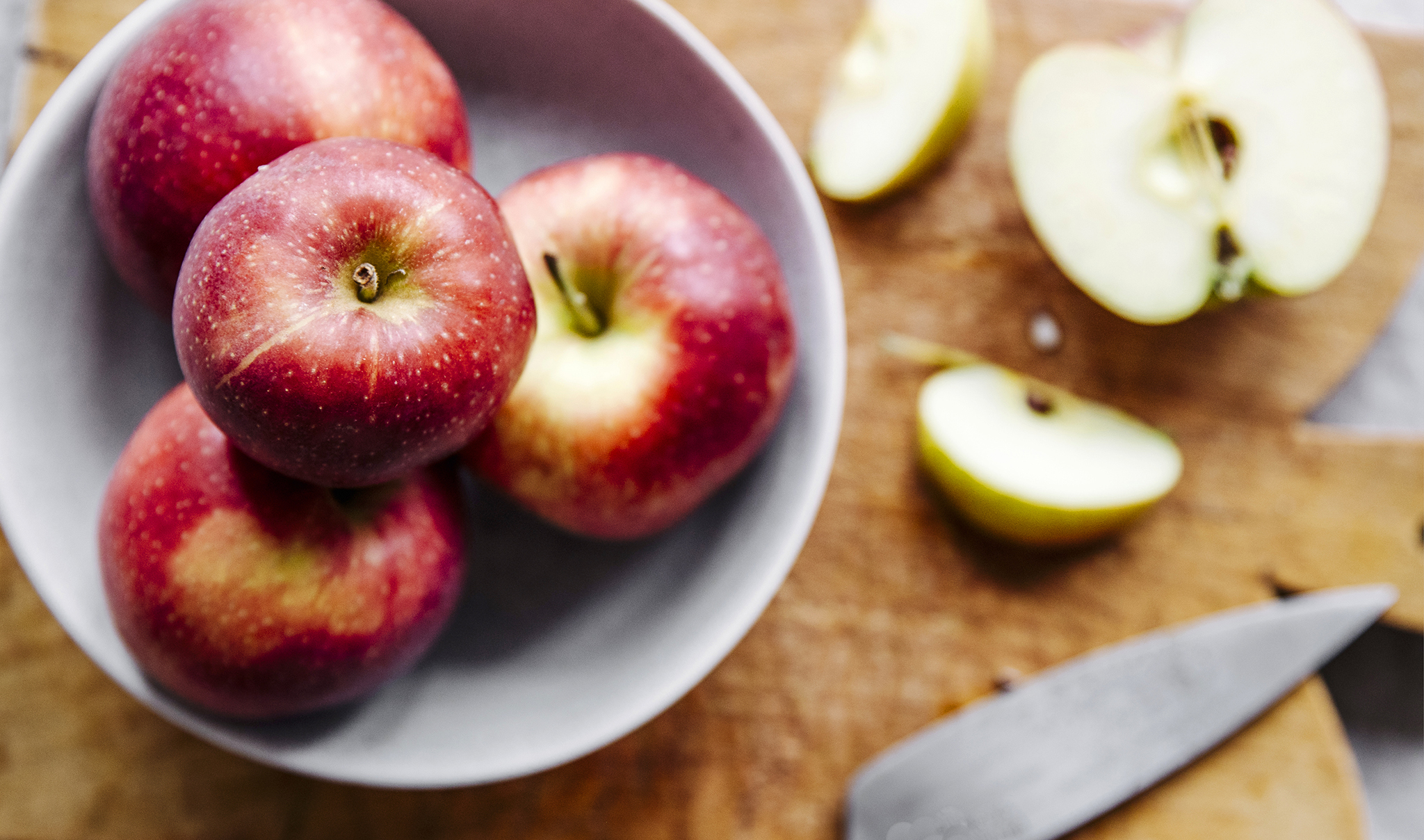

INTRODUCTION
Introduction | CONTENTS
g
The roots of the modern apple
M elting snow forms little lakes and a biting wind streams over the mountain ridge, which is among the highest in the world. On the slopes, the treetops are a brilliant yellow and red. Here, in southeast Kazakhstan, is the Garden of Eden where the apple finds its origins.
The birthplace of the apple is close to the mighty Tian Shan mountains and the former Kazakh capital city of Almaty, which translates as father of apples. A glance at the surrounding slopes quickly explains where the name originates: huge numbers of apple trees grow in small woodlands, entirely wild and natural, seeded without human intervention. The apples here are very different from the fruit we know today. In terms of size and appearance, they are more akin to cherries. It is immediately obvious that a lot had to happen before the apple would become one of Europes favourite fruits.
Because these Asian crab apples were extremely small and woody, with lots of pips and a very sour flavour, people used them as fodder for wild horses and deer. The animals distributed the seeds through their dung. In ancient times, people began taking specimens into the Black Sea region via the Silk Road. Different varieties were crossed with each other, and scientific research has shown that todays apples have traces of at least four wild apple varieties.
The apple was eventually cultivated by the Romans and Greeks and was introduced to Central and Northern Europe by Roman legions around 100 bce . The fruit tasted sweeter by this point and it was credited with special properties. The Greeks even believed the apple could work as an aphrodisiac. In the Holy Roman Empire, the apple symbolized the globe and was held in the rulers left hand as a kind of imperial orb during coronation ceremonies. Over the millennia, apples have been a symbol of power, wealth, and temptation.
Today, the apple is an everyday product. And its agricultural significance has steadily increased too: by 1880, it is thought that more than 20,000 varieties of apple were being cultivated around the world. However, as the fruit-growing business was commercialized, only a few varieties with the highest yield were economically viable.
According to the UK growers association British Apples and Pears, the main apples currently being cultivated in the UK are Gala and Braeburn. These are followed by Bramley, Cox, Early Windsor, Egremont Russet, Discovery, and Worcester Pearmain. Nowadays, apples are grown using a space-saving spindle system. The height of the trees is restricted so every apple can be reached by hand. The fruit are geared towards Great Britain (GB) standards and the requirements of the retail trade: they must be crisp and juicy and have good storage and transportation characteristics.
The responsibility for preserving older apple varieties now falls mainly to specialist associations. If you want to promote diversity, you should buy regional produce and seek out unusual varieties or plant your own heritage apple tree in your garden.
g
Apple varieties
| kanzi
Season: October to May
Flavour: juicy, crunchy apple with a sweet, tangy taste
Ideal use: suitable for fresh salads, tarts and pies, sweet jams, drinks, and as a dessert apple
Characteristic: the Kanzi is a cross between the Gala and the Braeburn. It was first cultivated in Belgium and was introduced to the market in 2006.

